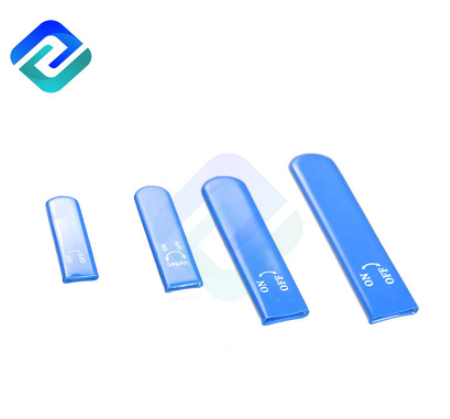Parts of a ball valve
Ball valves are an important part of various industries, including oil and gas, manufacturing, pipelines, and more. These valves play a vital role in controlling the flow of liquids or gases in pipelines. To understand how a ball valve works, it is important to dissect its structure and understand the different components that make it work efficiently. In this article, we will look at the key components of a ball valve, elucidating their functions and significance.
The Body
The body of a ball valve is the outermost shell and is usually made of a robust material such as stainless steel, brass or PVC, depending on the application. The body acts as the primary housing for all internal components, providing stability and structural integrity to the valve.
Ball
The ball is the central component of a ball valve and is a spherical flap with a hole drilled in the centre. The ball is responsible for controlling the flow of fluid or gas. When the valve is in the open position, the hole is aligned with the pipe, allowing material to flow through. Conversely, when the valve is closed, the sphere rotates to completely stop the flow.
Stem
Attached to the ball is the stem, which extends from the top of the valve and is used to control the movement of the ball. When the handle or actuator on the valve is turned, it causes the stem to rotate, which in turn rotates the ball to open or close the valve. The stem also provides a seal to prevent leakage around the valve stem.
Seats
Seats are an integral part of a ball valve and serve as the sealing mechanism. They are usually made of materials such as PTFE (polytetrafluoroethylene) or other resilient materials. Standard ball valves have two seats, one on each side of the ball. When the valve is closed, these seats form a tight seal against the ball, preventing any leakage.
End Connections
Ball valves come with a variety of end connections to suit different pipework systems. The most common types are threaded, flanged or welded end connections. Threaded ball valves are used for smaller pipelines and are easy to install. Flanged ball valves are used for larger pipelines and provide a stronger connection. Welded ball valves are designed for pipelines that require a permanent leak-proof seal.
Handle or Actuator
A handle or actuator is a part of a ball valve that allows the user to manually control its operation. The handle is usually attached to the stem and can be rotated clockwise or anti-clockwise to open or close the valve. In industrial applications, especially when dealing with large valves or remotely located valves, automated actuators such as electric, pneumatic or hydraulic actuators are used to remotely control the valve.
Cap
A cap is a cover that wraps around the valve stem and provides protection against external environmental factors. It is also used as a secondary seal to prevent leakage around the valve stem. The bonnet can be of various designs, including bolted, threaded or welded connections, depending on the type of valve and application.
Body Gasket
The body gasket is located between the valve body and bonnet to ensure a tight seal. It prevents the valve body from leaking into the surrounding environment. The material of the gasket depends on the fluid or gas being handled as well as the temperature and pressure conditions.
A ball valve cover, also known as a body cover or valve housing, is a protective component designed to protect the valve from external components. It helps prevent contamination and damage to the internal components of the valve. Ball valve covers are typically used outdoors or in harsh industrial environments where exposure to weather or physical shock is a concern.
Importance of each component
Understanding the importance of each component of a ball valve is critical to selecting the correct valve for a particular application and ensuring it operates properly. Here are some reasons why each component is critical:
Body: The body provides structural integrity and houses all internal components, ensuring the durability and stability of the valve.
Ball: The ball controls the flow of fluid or gas, making it a key component in regulating piping.
Stem: The stem attaches a handle or actuator to the ball to facilitate valve operation.
Seat: The seat forms a tight seal to prevent leakage when the valve is closed.
End connections: The choice of end connections determines how the valve is installed in the pipeline.
Handle or Actuator: The handle or actuator allows manual or remote control of valve operation.
Bonnet: The bonnet protects the stem and provides an additional seal, enhancing the integrity of the valve.
Body Gasket: The body gasket ensures a leak-free seal between the valve body and bonnet.
Ball Bonnet: The ball bonnet protects the valve from external components and potential damage.
Conclusion
Ball valves are versatile components used in a variety of industries to control the flow of liquids and gases. Understanding the various components of a ball valve and their functions is essential to selecting the right valve for a particular application and ensuring reliable and efficient operation. Whether it is the body, ball, stem, seat, end connections, handle or actuator, bonnet, body gasket or protective ball bonnet, each component plays a vital role in the overall performance and reliability of the valve, making it an important part of the fluid and gas control system.
250
0
0


Comments
All Comments (0)